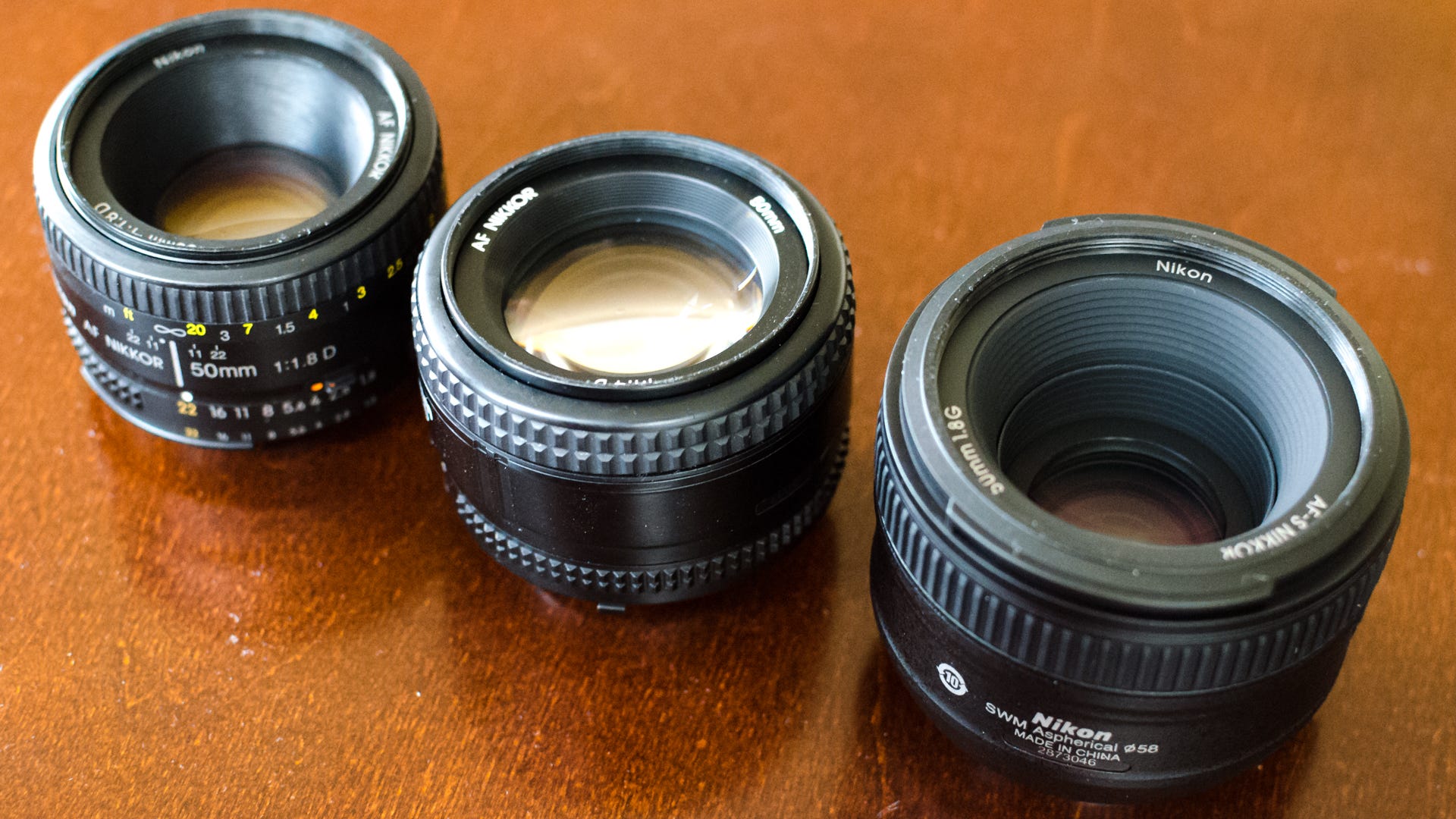

The d3400 is a great camera and so is the Nikon 50mm f1.8 AF-S G. It will help you nail down exposure error on your camera/lens combination.

In recent years it has become even more popular for white balance. It came from the factory with hand inscribed calibration correction for the disc itself. The least expensive way to test your camera’s exposure is to compare it with other cameras using the same lens. If you can fully control these parameters then I think you may be right but at this point I can’t be convinced it’s the lens and not the operator. The sensor is so small that any subtle change of angle when you change lenses especially with a larger target will be appreciated. The second set of images do not assure that there is no sensor pitch or yaw that changes the angle of the focal plane and therefore the focus on certain parts of the image as you change lenses.

More over 1/250 is far better and would probably obviate any motion from hand holding if your standing still with little to no wind shooting a static subject that your not having to track. I would shoot hand held at 1/80 of a second or faster as a starting point.
NIKON 50MM 1.8 FULL
The angle of view of your 50mm lens is equivalent to that of a 75mm lens since your shooting a 50mm lens with a DX 1.5 crop body into full frame. The general camera shake rule for shutter speed with 35mm or full frame DSLR is shutter speed should be at least 1/focal length of a non stabilized lens. Overexposure of the prime lens image is at most 1EV - not the more than 3EV expected if the aperture were stuck wide open.įor the daylight images. Possible reason for the difference - different light transmission (T-stop) between the prime and the zoom?
NIKON 50MM 1.8 MANUAL
Or maybe I do: shot fully manual - the parameter indicates how far off the exposure was. Still don't know what camera setting that refers to. Lastly, VR on for the zoom obviously no VR for the prime lens - and the prime lens image shows motion blur (likely from camera shake).ĮDIT: just checked with the EXIF viewer info: Exposure Difference is " Difference in actual and metered ambient exposure, usually zero outdoors, usually large indoors with flash" About the difference in exposure between the two images - I just don't have a clue what that parameter refers to. There's also a "mysterious" (to me) EXIF entry called "Exposure Difference" that's show +0.8 for the zoom image and +0.2 for the prime lens one. Click to expand.Overexposure of the prime lens image is at most 1EV - not the more than 3EV expected if the aperture were stuck wide open.įor the image with the zoom, EXIF claims a focus distance of 13.34m, for the other it's 6.31m.


 0 kommentar(er)
0 kommentar(er)
